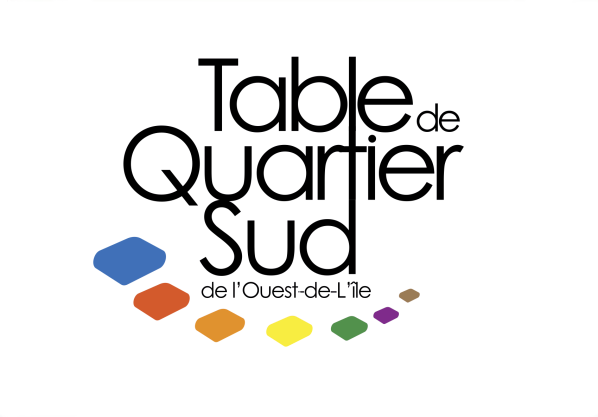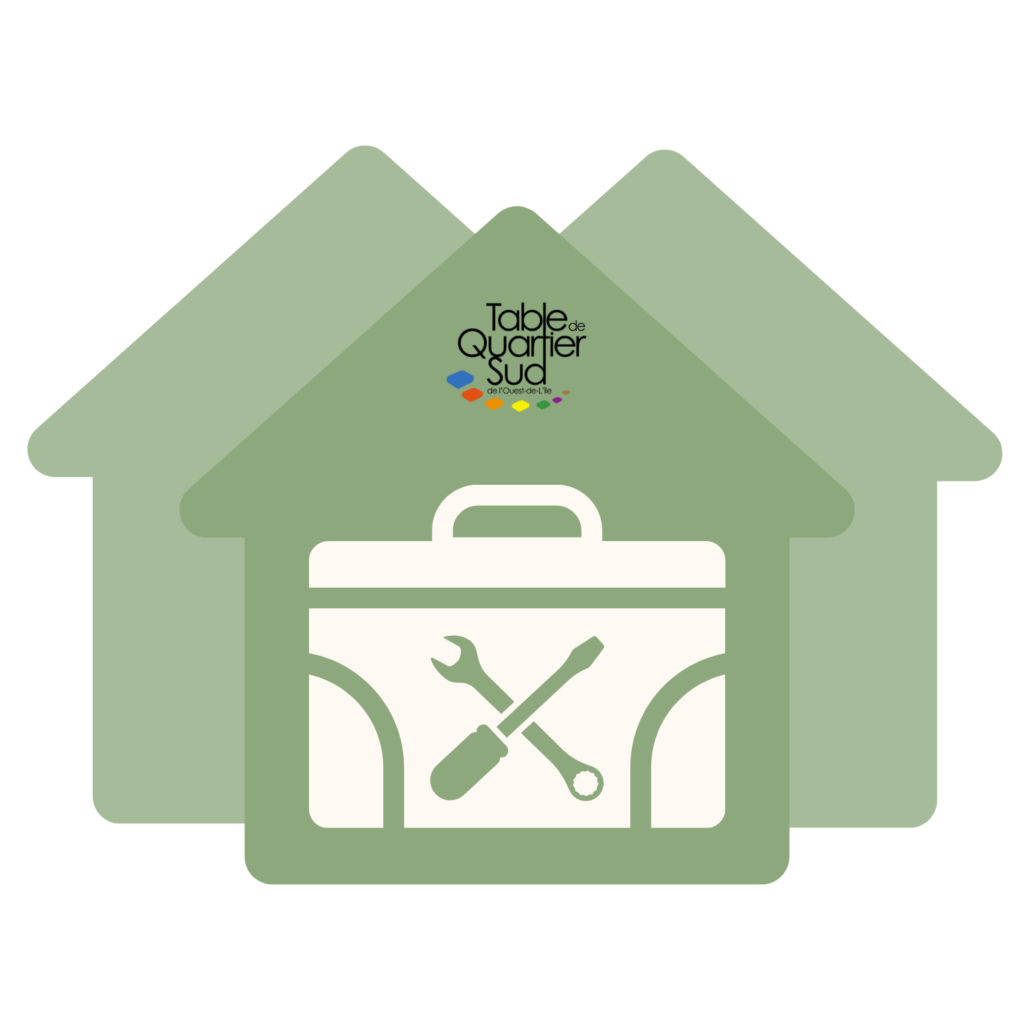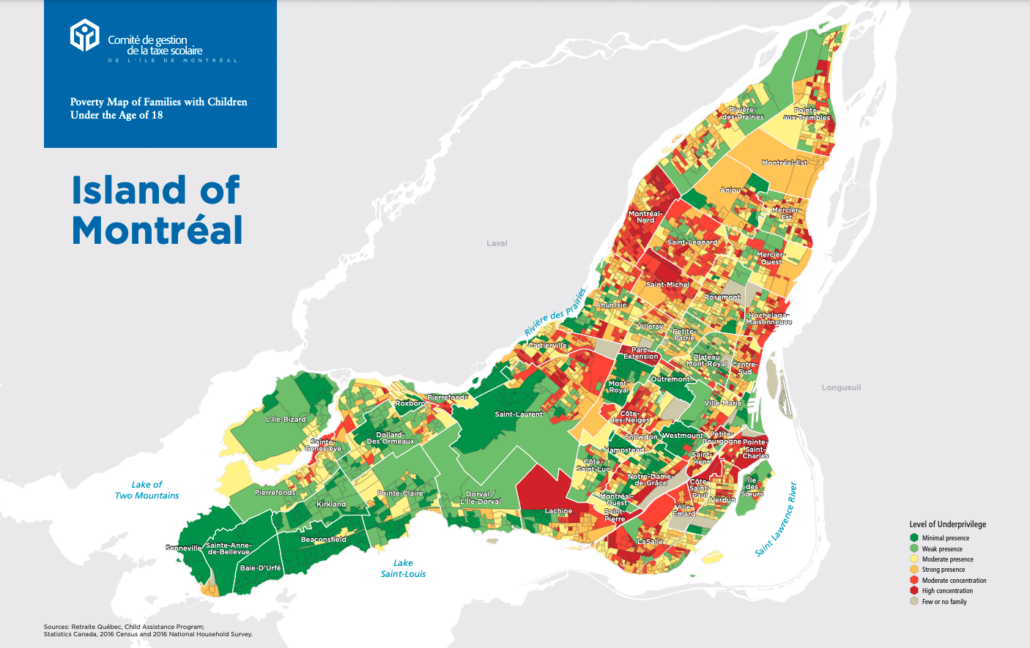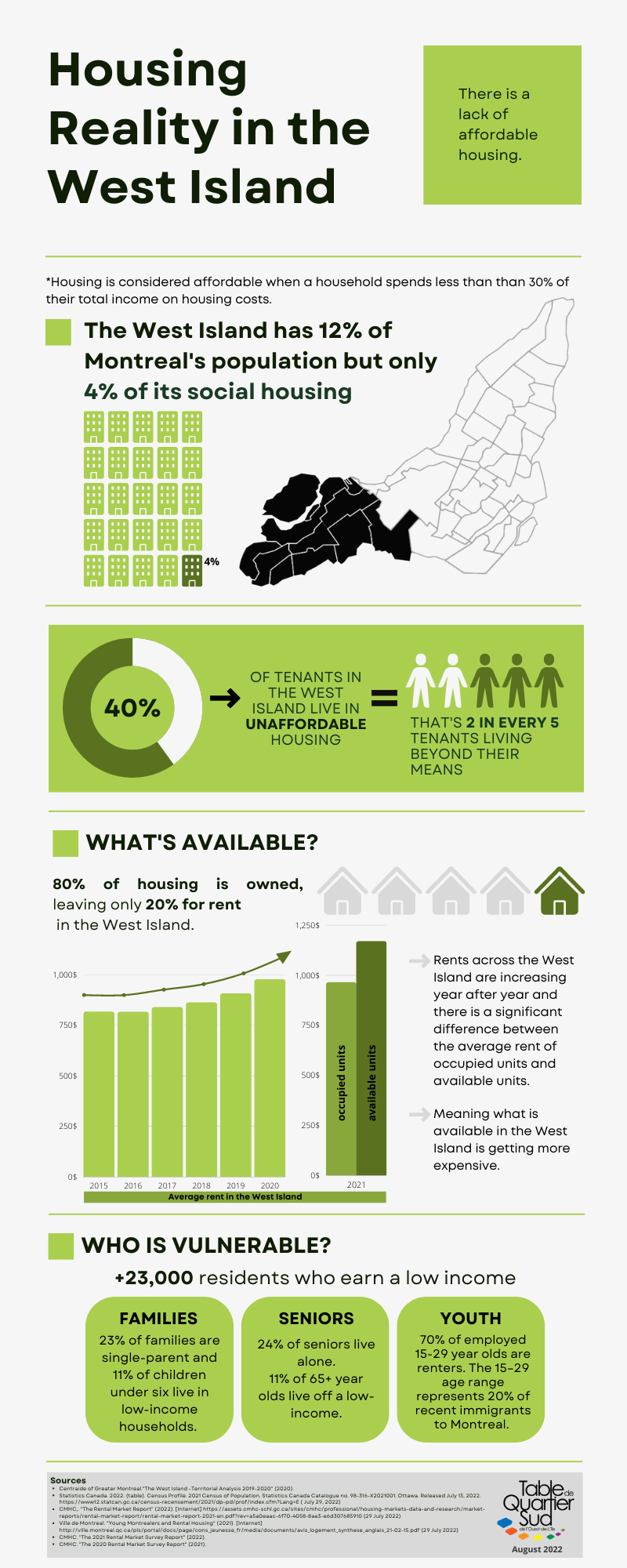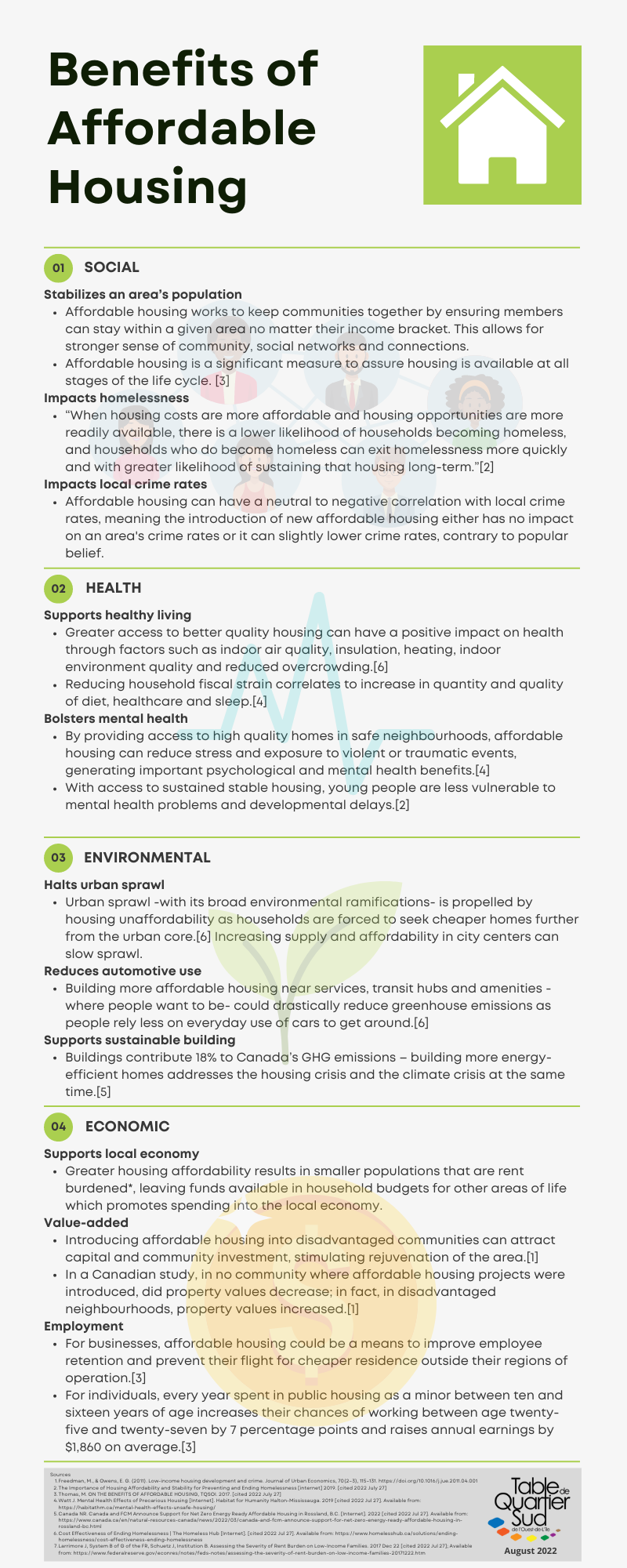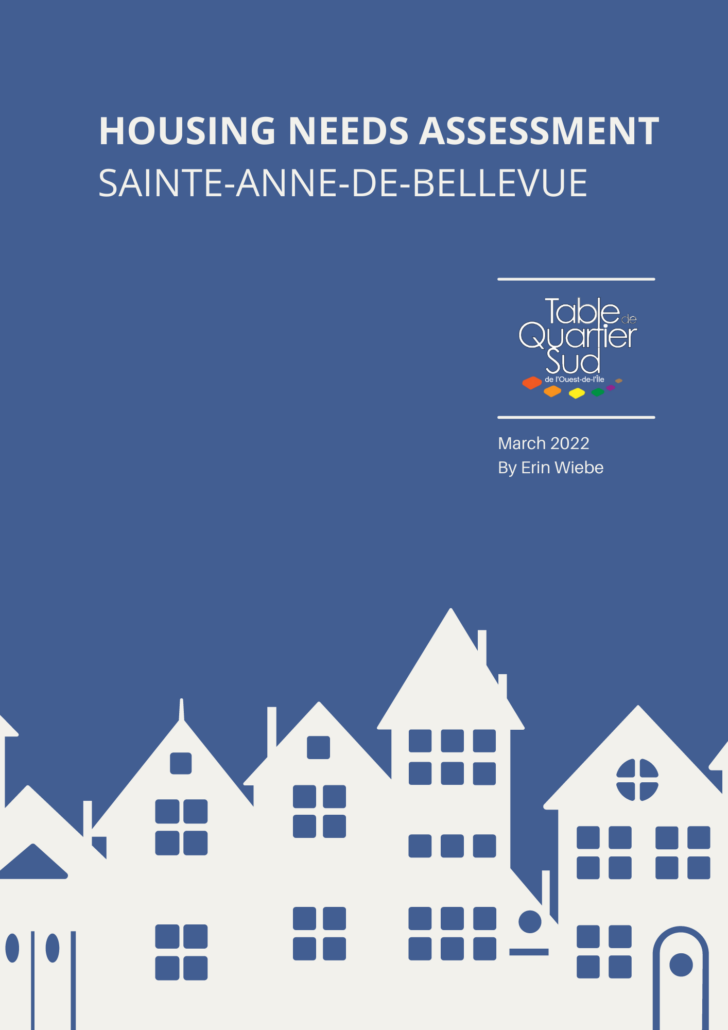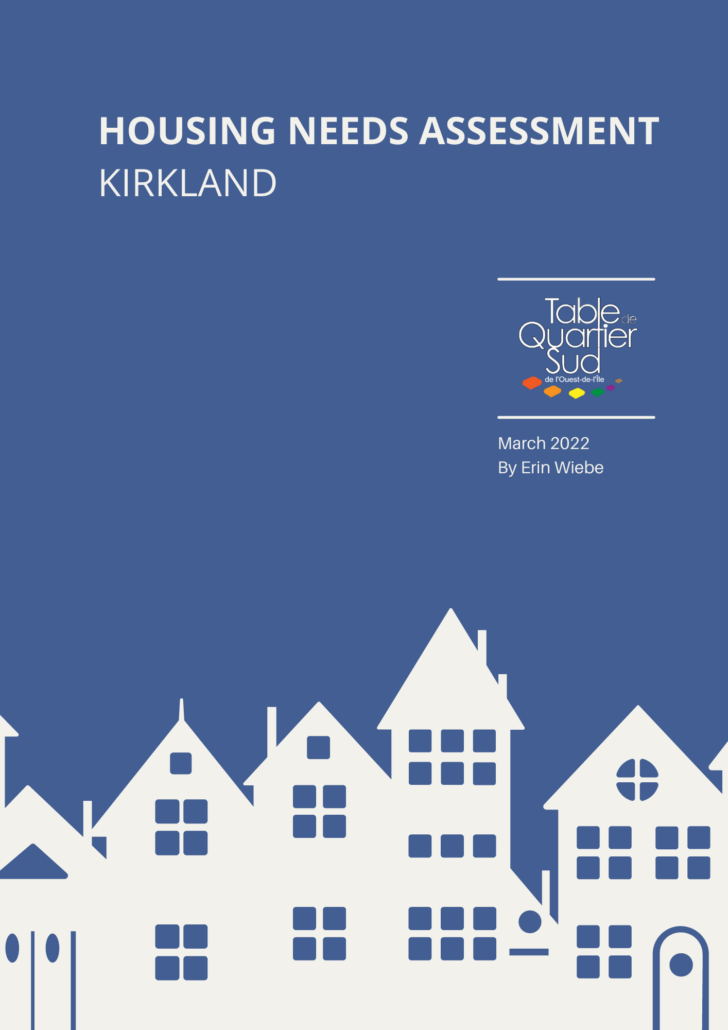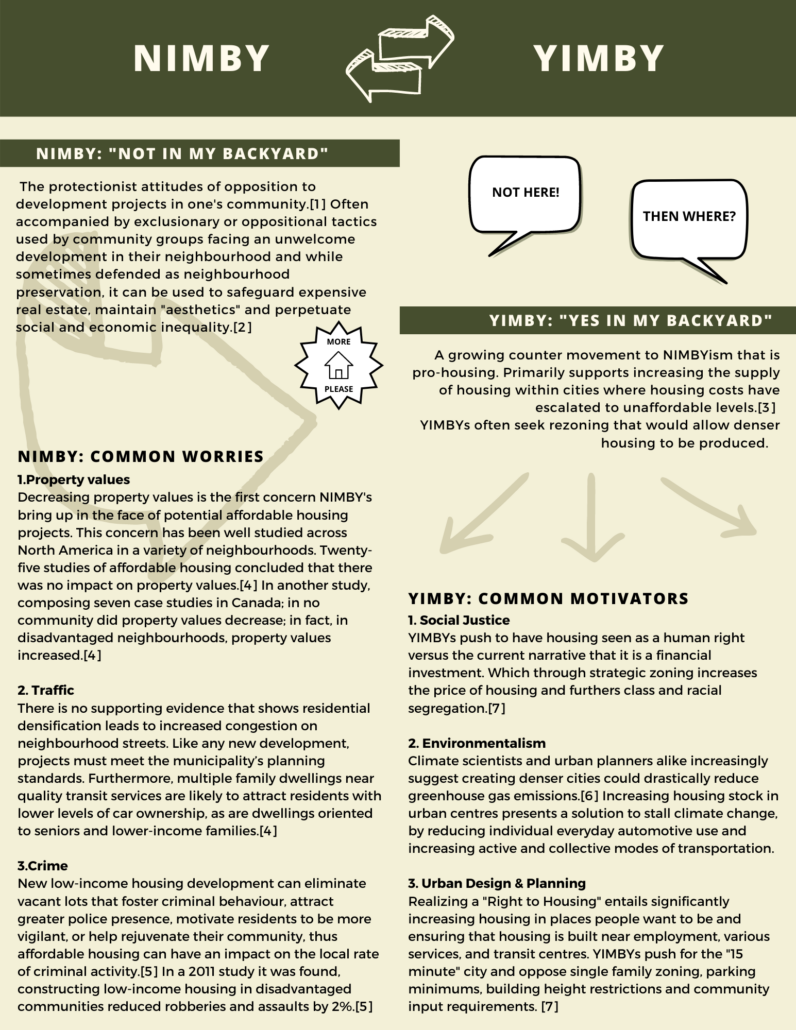EDUCATION STATION
ADDITIONAL RESOURCES
This module provides resources and information to help groups address social acceptability concerns and NIMBYism. This section provides educational materials on the current housing reality of the West Island, myths and misinformation about the West Island’s need for affordable housing, in-depth need assessment reports for the Southern West Island, papers on NIMBYism and resources for generating community support.
THE MYTH OF THE WEST ISLAND
The West Island comprises a third of the Island of Montreal’s land mass and, with over 236,000 residents, represents 12% of its population (Centraide, 2020).The low-income rate for the entire West Island is half that of Montreal (10% compared to 21%). However that is still 23,895 people who live on a low income (Centraide, 2020).
“There’s a myth about the West Island that (it) has a higher economic status, higher education status generally, than other parts of the island of Montreal, therefore there are no problems, but we all know that is not the case at all.” – Sheila Laursen
“This myth” is a misperception of the West Island and its reality. The idea that all its residents are wealthy and the territory is never in need of additional help could not be further from the truth: there are pockets of poverty throughout the territory. 11% of residents 65 years of age or older were found to be living on a low income, the same disparity can be seen in the low-income rate among children under 6 for the entire territory (11%) (Centraide, 2020).
So while the West Island is better off compared to the rest of the Island of Montreal, we cannot dismiss the real issues that live there based on comparison. Remember perception has power! Which is why it’s important to address these misperceptions of the West Island and remind others that it is not without its problems, so as to not overlook or diminish vulnerable groups present in the community.
For more information or a clearer portrayal of the housing needs and realities of the West Island, consult our Needs Assessments below for each of the municipalities.
Why Community Housing?
What is community housing?
Community housing is a type of affordable housing that is developed by a non-profit organization.
Why are we talking about community housing?
Canada is in the midst of a housing crisis. The Canadian government started taking a hands off approach to affordable housing in the mid 1980s, with a slow devolution of social and affordable housing programs and federal funding. Today, Canada is losing 4 affordable housing units for every 1 that is created and the liberal government’s national housing strategy only focuses on increasing the national housing stock and making home ownership easier for first time buyers. Parallel to this, the private sector has little incentive to create or keep existing housing affordable. “Deeply affordable housing is a public good, the private sector is not primarily in the business of providing a public good.” Micheal Brooks CEO of Real PAC. “You can’t expect the private sector to solve all social ales.” While the public and private sectors have been playing the blame game for our nationally unaffordable housing stock, a third party has emerged to mitigate the mess; the community sector.
Nonprofits and other community organizations have stepped up to the plate when it comes to protecting, developing and creating affordable housing in Canada. In recent years there has been an influx of federal and provincial funding for community housing through programs like the national co-investment fund, research chairs have been established such as the community housing canada research center and support networks are being established across provinces to further cement community housing into the Canadian housing landscape. The growing movement of community housing is only gaining traction and the outcome is clear; the future of affordable housing in Canada is community housing.
How to Generate Community Support
Generating Community Support (CMHC, 2022)
A brief overview of NIMBYism, community consultations and a list of potential activities for community communication.
Gaining and Maintaining Community Acceptance (BC Housing, 2020)
A thorough guide to engaging with the community at different levels; informing, consulting, involving, collaborating and empowering. This guide provides detailed scenarios for each level of engagement.
Community Consultation Templates, Step-by-step Guide to Affordable Housing (SHI, 2019)
A detailed workbook for brainstorming and planning community engagement workshops, roundtables, info-sessions and other scenarios to promote a housing project.
Page last updated: August 2022
![]()
